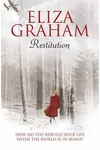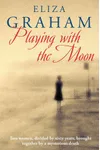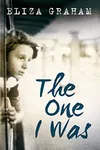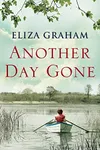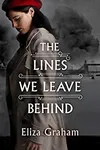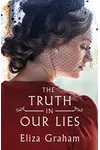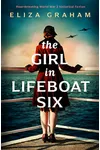Picture a British storyteller who weaves the heartache and heroism of World War II into unforgettable tales—meet Eliza Graham! This Oxfordshire-based author has captivated readers with her historical fiction, diving deep into the 1930s and 1940s to explore how war’s ripples shape lives across generations. With a knack for blending meticulous research with emotional storytelling, Graham’s novels are both heart-wrenching and hopeful, earning her a spot on prestigious literary lists.
The Making of Eliza Graham
Eliza Graham’s love for stories bloomed early, sparked by sneaking Jean Plaidy novels during biology lessons. Growing up in Oxfordshire, she was surrounded by England’s rich history, which fueled her fascination with the past. After studying English Literature at Oxford University, Graham took a winding path—working as a Marks & Spencer ‘Saturday girl,’ a banker, and a PR consultant—before embracing her true calling: writing. Her debut novel, Playing with the Moon, marked her as a rising star, longlisted for the UK’s Richard & Judy Summer Book Club.
Eliza Graham’s Unforgettable Stories
Graham’s novels are a love letter to the resilience of the human spirit, set against the backdrop of World War II’s turmoil. Her bestseller The Girl in Lifeboat Six follows Romilly Brooks, a young nanny facing a torpedoed ocean liner in 1941, blending suspense with a vivid portrayal of wartime survival. The Lines We Leave Behind tells the gripping tale of a female operative in Yugoslavia, wrestling with memory and betrayal in a post-war asylum. Another Day Gone explores the fallout of a 1939 IRA bombing in Coventry, weaving a multi-generational mystery. Graham’s style is immersive, with richly drawn characters and settings—from Brittany’s bunkers to Cornwall’s decoy harbors—that reflect her hands-on research.
Her themes often center on love, loss, and the long shadows of war, making her work resonate with fans of historical fiction. Graham’s ability to craft flawed, relatable characters—like Romilly’s fierce yet vulnerable spirit—sets her apart, earning nominations for the Baileys Women’s Prize for Fiction and the Walter Scott Prize for Historical Fiction.
Why Eliza Graham Matters
Eliza Graham’s impact lies in her ability to humanize history. By spotlighting lesser-known wartime experiences, like women’s roles in espionage or the plight of child refugees, she breathes life into forgotten stories. Her novels, translated into German, Norwegian, Italian, and Portuguese, have touched readers worldwide, becoming bestsellers in Europe and the US. Graham’s work reminds us that history isn’t just events—it’s people, their choices, and their enduring legacies.
- Born: Oxfordshire, England
- Key Works: Playing with the Moon, The Girl in Lifeboat Six, The Lines We Leave Behind, Another Day Gone
- Awards: Longlisted for Richard & Judy Summer Book Club, shortlisted for World Book Day’s Hidden Gem, nominated for Baileys and Walter Scott Prizes
Ready to lose yourself in a world of wartime courage and mystery? Snag The Girl in Lifeboat Six and dive into Eliza Graham’s spellbinding historical fiction!
